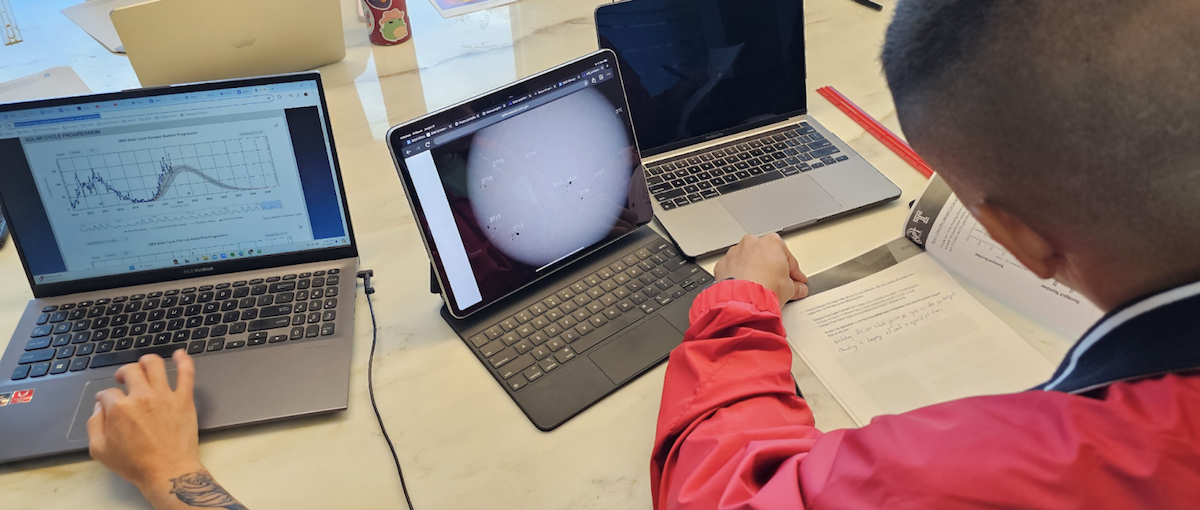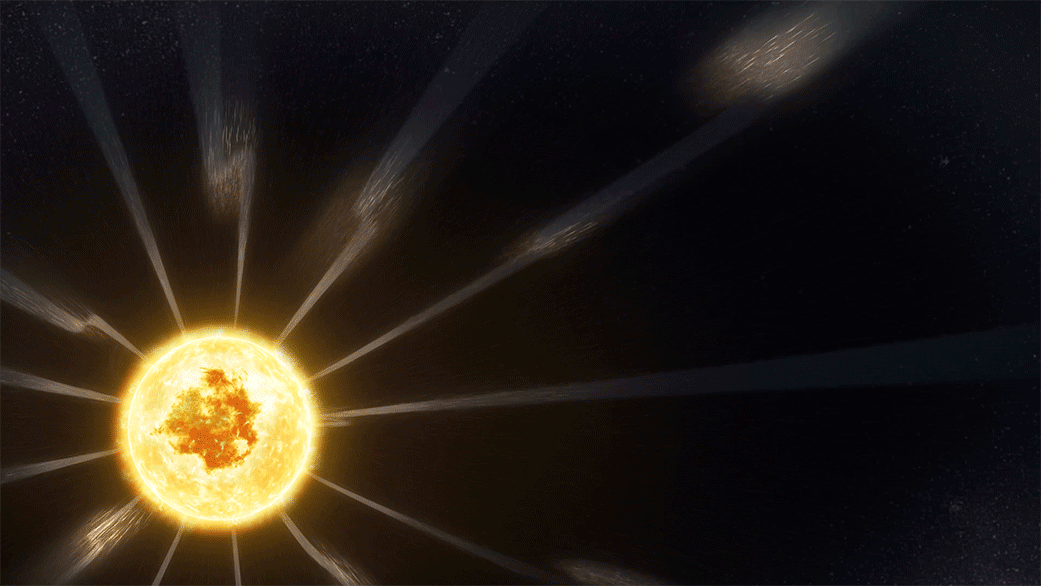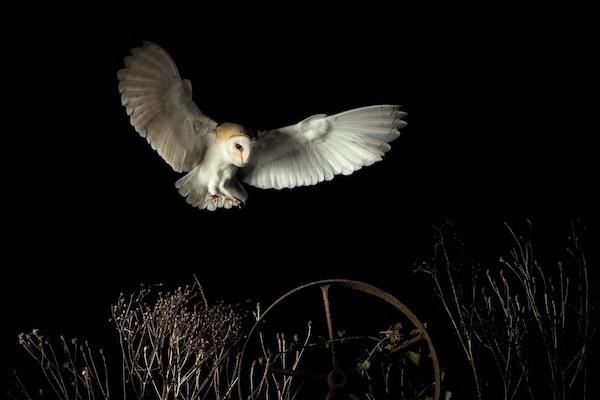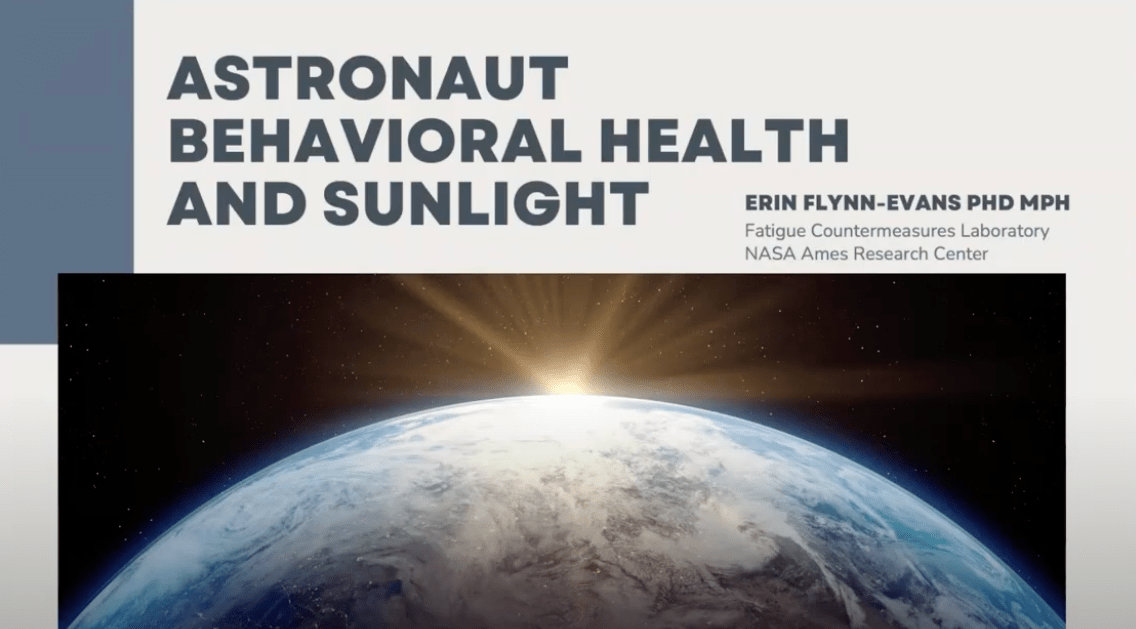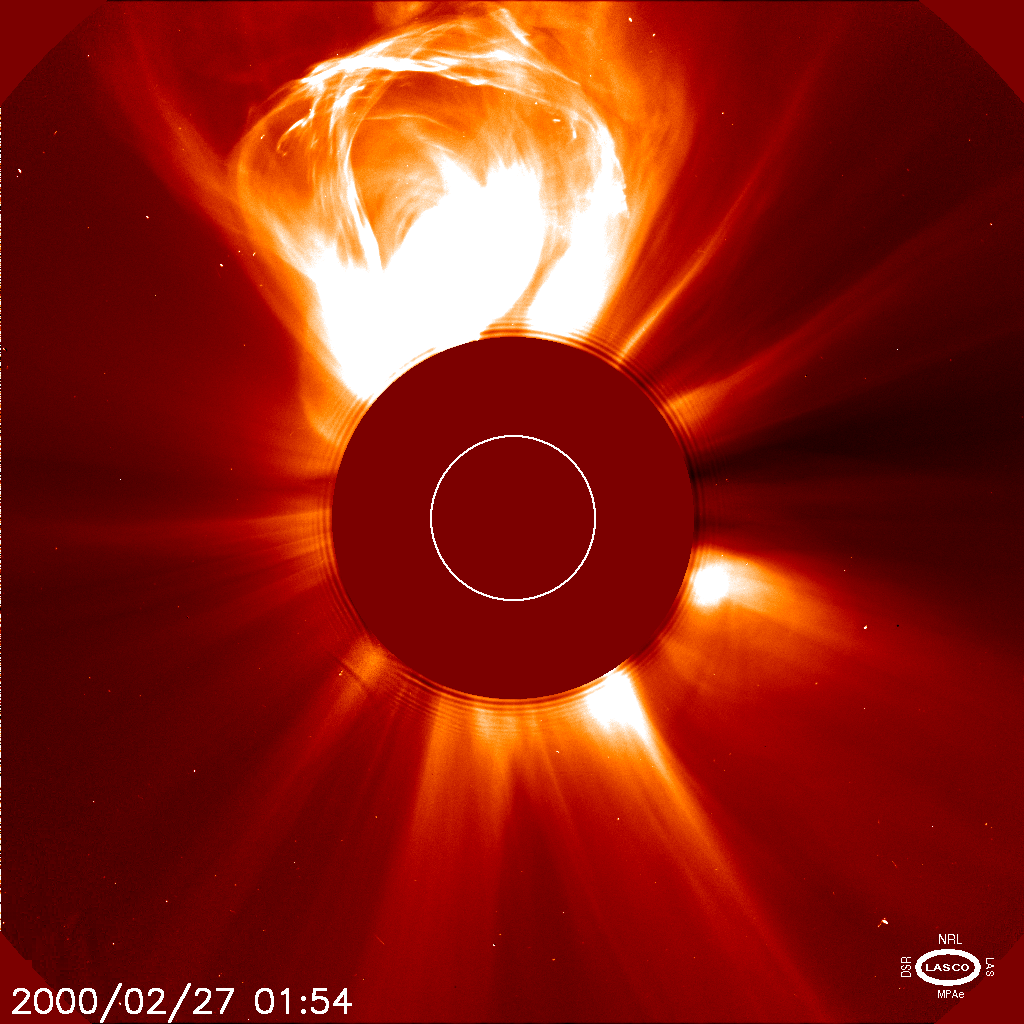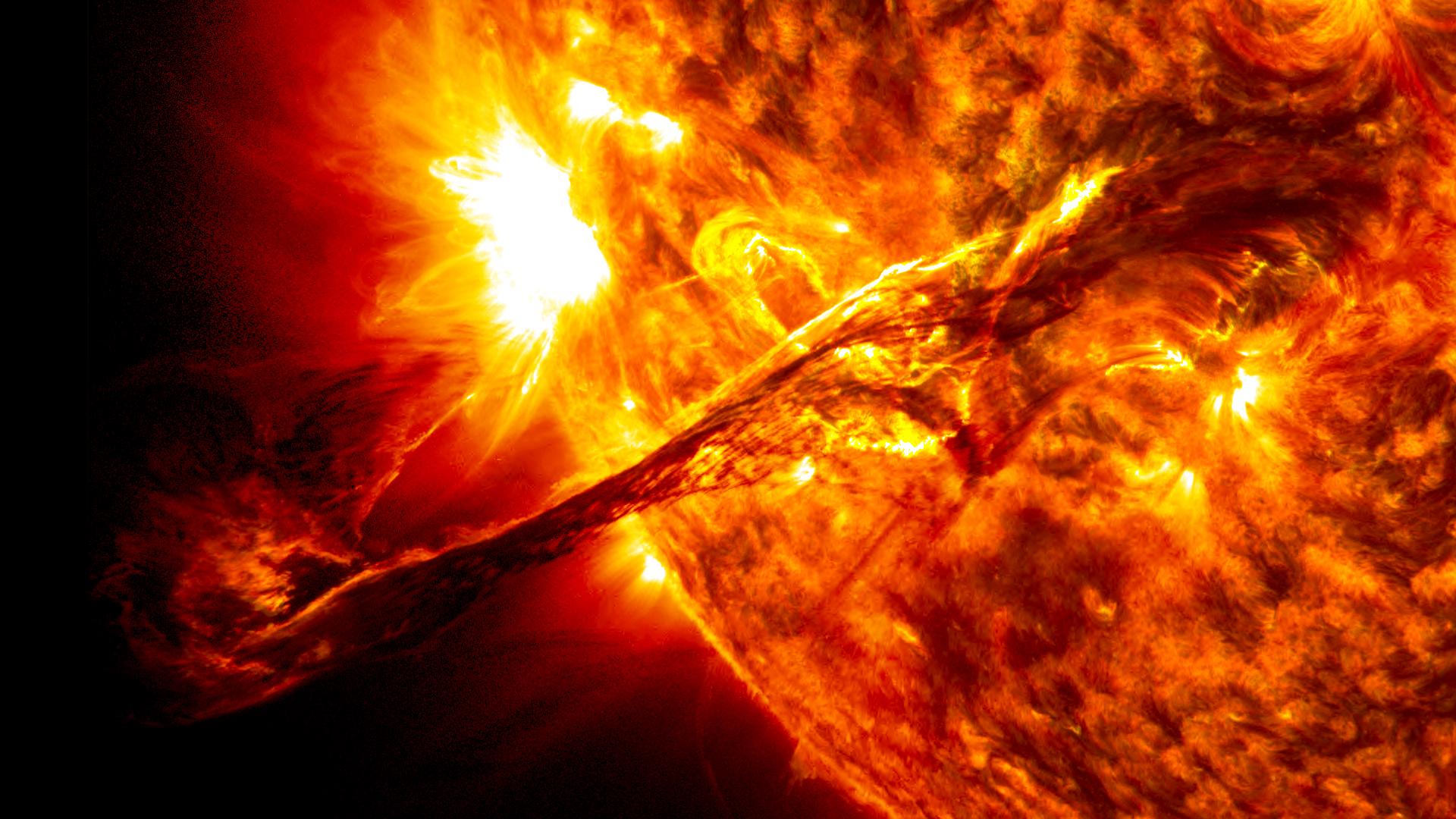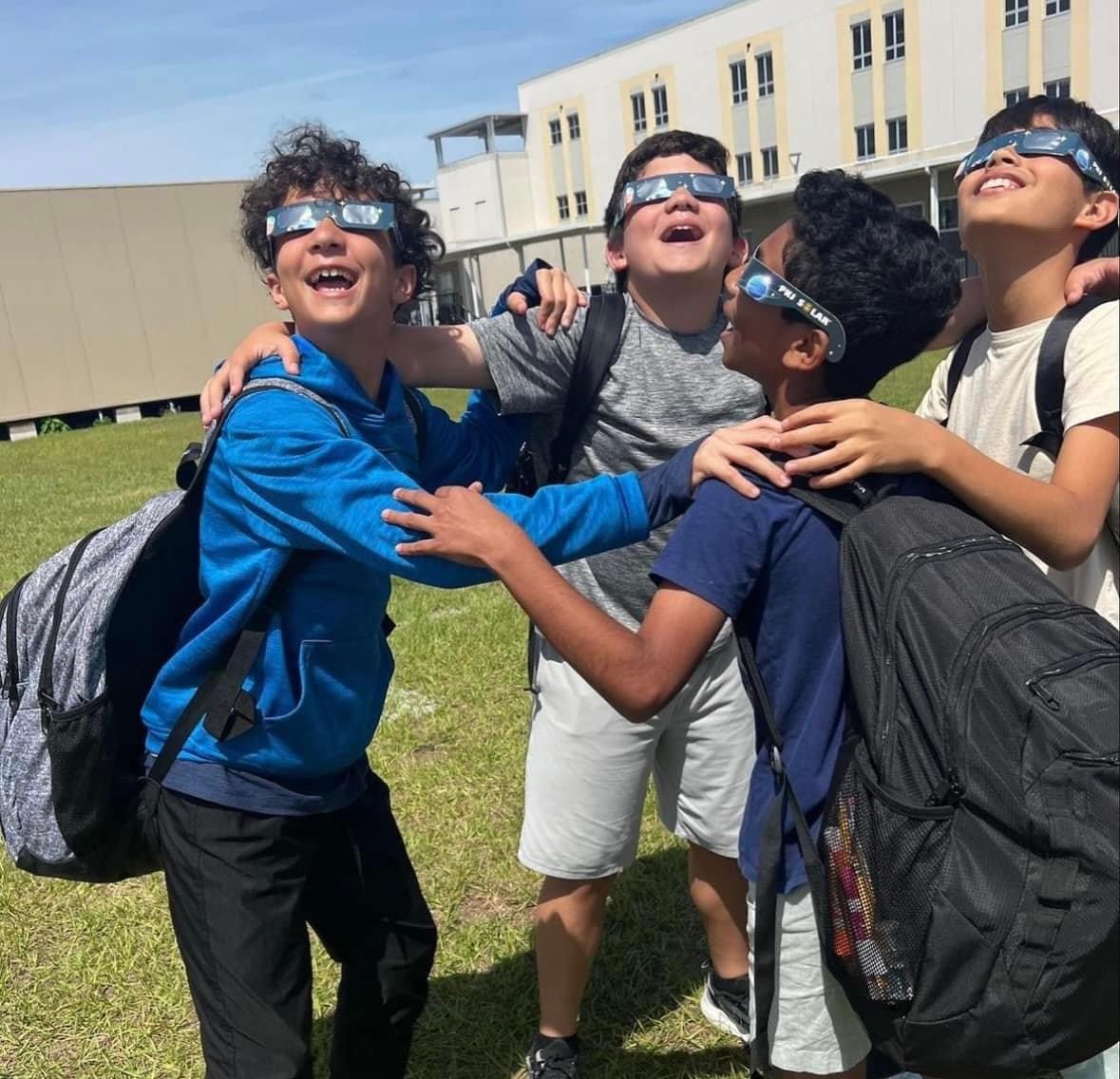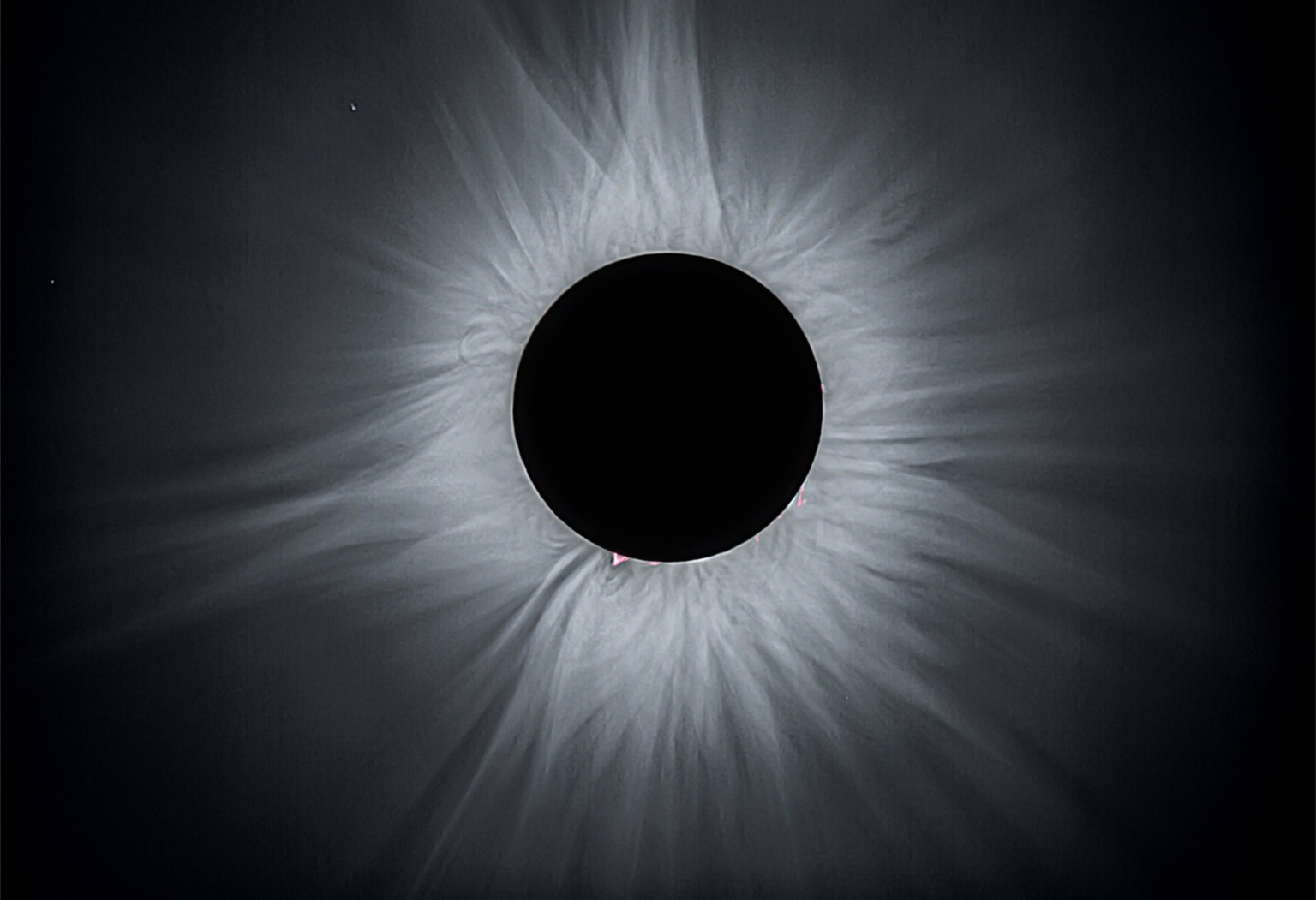Learn Home Leveraging Teacher Leaders to… Heliophysics Overview Learning Resources Science Activation Teams SME Map Opportunities More Science Stories Science Activation Highlights Citizen Science 2 min read Leveraging Teacher Leaders to Share the Joy of NASA Heliophysics Many teachers are exceptionally skilled at bridging students’ interests with real-world science. Now for the third year, the American Association of Physics Teachers (AAPT) has brought together such a group of highly-motivated secondary and higher education teachers as part of their NASA Heliophysics Education Activation Team (HEAT) Space Physics Ambassador program. In…
Read MoreTag: Heliophysics
NASA, ESA Missions Help Scientists Uncover How Solar Wind Gets Energy
5 min read NASA, ESA Missions Help Scientists Uncover How Solar Wind Gets Energy Since the 1960s, astronomers have wondered how the Sun’s supersonic “solar wind,” a stream of energetic particles that flows out into the solar system, continues to receive energy once it leaves the Sun. Now, thanks to a lucky lineup of a NASA and an ESA (European Space Agency)/NASA spacecraft both currently studying the Sun, they may have discovered the answer — knowledge that is a crucial piece of the puzzle to help scientists better forecast solar…
Read MoreEclipse Soundscapes AudioMoth Donations Will Study Nature at Night
Learn Home Eclipse Soundscapes AudioMoth… Audio Overview Learning Resources Science Activation Teams SME Map Opportunities More Science Stories Science Activation Highlights Citizen Science 3 min read Eclipse Soundscapes AudioMoth Donations Will Study Nature at Night During the April 8, 2024 total solar eclipse, approximately 770 AudioMoth recording devices were used to capture sound data as part of the Eclipse Soundscapes Project — a multisensory participatory science (also known as “citizen science”) project that is studying how eclipses impact life on Earth. Following the eclipse, participants had the option to…
Read MoreSolar Eclipse Data Story Helps the Public Visualize the April 2024 Total Eclipse
Learn Home Solar Eclipse Data Story Helps… For Educators Overview Learning Resources Science Activation Teams SME Map Opportunities More Science Stories Science Activation Highlights Citizen Science 2 min read Solar Eclipse Data Story Helps the Public Visualize the April 2024 Total Eclipse The NASA Science Activation program’s Cosmic Data Stories team, led by Harvard University in Cambridge, MA, released a new Data Story for the April 8, 2024 Total Solar Eclipse. A Data Story is an interactive, digital showcase of new science imagery, including ideas for exploration and scientific…
Read MoreCelebrate Heliophysics Big Year: Free Monthly Webinars on the Sun Touches Everything
Learn Home Celebrate Heliophysics Big… Heliophysics Overview Learning Resources Science Activation Teams SME Map Opportunities More Science Stories Science Activation Highlights Citizen Science 2 min read Celebrate Heliophysics Big Year: Free Monthly Webinars on the Sun Touches Everything Once a month (usually on the first Tuesday), the Heliophysics Education Community meets online to share knowledge and opportunities. During the Heliophysics Big Year (HBY) – a global celebration of the Sun’s influence on Earth and the entire solar system, beginning with the Annular Solar Eclipse on October 14, 2023, continuing…
Read MoreCelebrate the Heliophysics Big Year with Free Heliophysics and Math Webinars from NASA HEAT
2 min read Celebrate the Heliophysics Big Year with Free Heliophysics and Math Webinars from NASA HEAT The Heliophysics Big Year (HBY) is a global celebration of the Sun’s influence on Earth and the entire solar system. It began with the Annular Solar Eclipse on Oct. 14, 2023, continued through the Total Solar Eclipse on Apr. 8, 2024, and will conclude with Parker Solar Probe’s closest approach to the Sun in December 2024. Challenged by the NASA Heliophysics Division to participate in as many Sun-related activities as possible, the NASA…
Read MoreNASA Mission to Study Mysteries in the Origin of Solar Radio Waves
3 min read NASA Mission to Study Mysteries in the Origin of Solar Radio Waves NASA’s CubeSat Radio Interferometry Experiment, or CURIE, is scheduled to launch July 9, 2024, to investigate the unresolved origins of radio waves coming from the Sun. CURIE will investigate where solar radio waves originate in coronal mass ejections, like this one seen in 304- and 171-angstrom wavelengths by NASA’s Solar Dynamics Observatory. NASA/Goddard Space Flight Center Scientists first noticed these radio waves decades ago, and over the years they’ve determined the radio waves come from…
Read MoreNASA Science Activation Teams Present at National Rural STEM Summit
1 min read NASA Science Activation Teams Present at National Rural STEM Summit NASA Science Activation (SciAct) teams participated in the National Rural STEM (Science, Technology, Engineering, & Mathematics) Summit held June 4-7, 2024 in Tucson, Arizona. Hosted by Kalman Mannis of the Rural Activation and Innovation Network (Arizona Science Center) and the SciTech Institute, the summit fostered learning and sharing among organizations dedicated to creating partnerships and pathways for authentic STEM learning in rural communities. Participants included: Matt Cass and Randi Neff from SciAct’s Smoky Mountains STEM Collaborative, who…
Read MoreNASA@ My Library and Partners Engage Millions in Eclipse Training and Preparation
2 min read NASA@ My Library and Partners Engage Millions in Eclipse Training and Preparation The Space Science Institute, with funding from the NASA Science Mission Directorate and Gordon and Betty Moore Foundation, provided unprecedented training, support, and supplies to 15,000 libraries in the U.S. and territories in support of public engagement during the 2023 and 2024 eclipses. From September 2022 to September 2024, these efforts included: Co-development efforts with 3 NASA@ My Library Partner Libraries in the “Square of Awesome” (where both the total and annular eclipse crossed) led…
Read MoreAn Eclipse Megamovie Megastar
1 Min Read An Eclipse Megamovie Megastar Nasmus Nazir’s High Dynamic Range image, created with processed photographs of the Sun’s corona taken during the total solare eclipse on April 8th, 2024. Nazmus “Naz” Nasir is a software engineer by day, and an astrophotographer by night….and sometimes by day as well! This April, Naz participated in NASA’s Eclipse Megamovie 2024 project, photographing the total solar eclipse. He posted online a spectacular video composed of stabilized and aligned photographs of the sun taken during totality. The video includes links to tutorials Naz created to teach viewers…
Read More